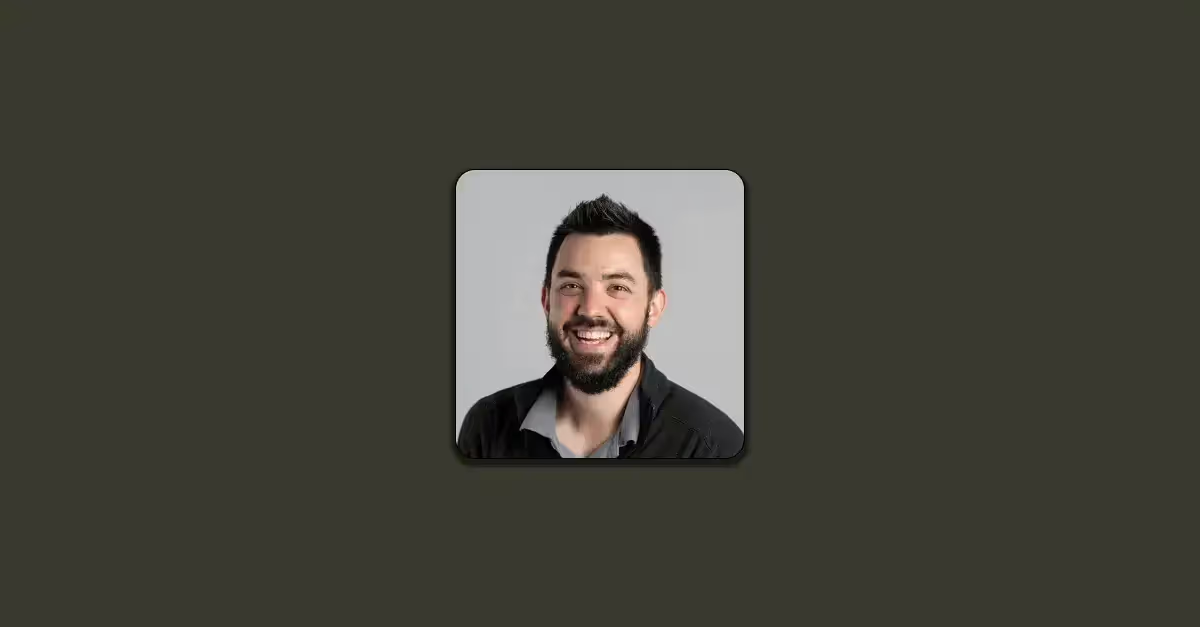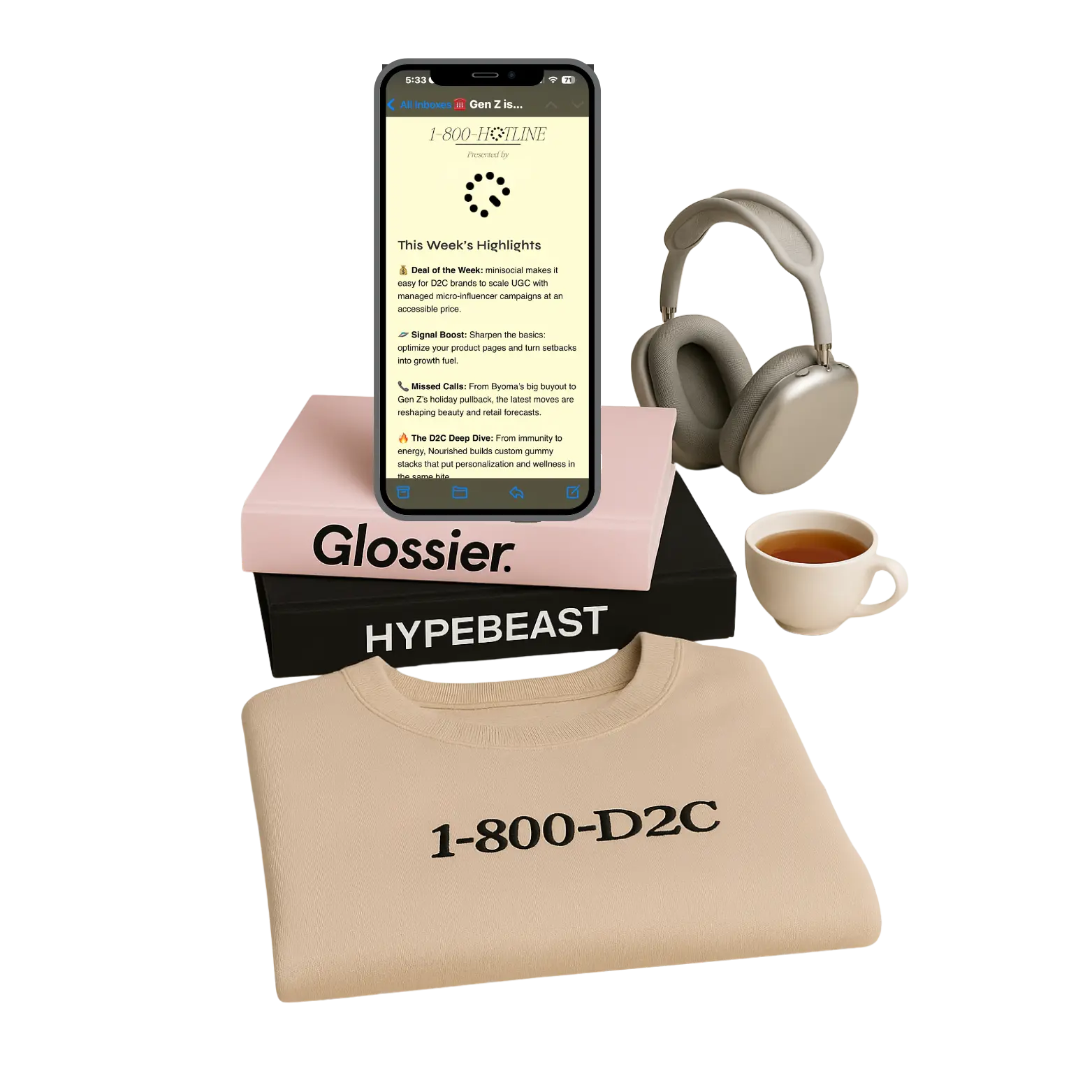
Once we found product-market fit, pricing was a big growth lever for us. We have a commitment that if you order a smart oven and sign up for a meal plan, we give you a pretty aggressive discount if you agree to order six weeks of meals over your first six months.
If you do this, we’ll give you the oven at $99 instead of $299. This created a lot of demand + growth. Merchandising is a key part of our growth in terms of having some sort of urgency and aggressive pricing to accelerate the buyer journey.
Another unlock is press. For example, we were on Oprah’s Favorite Things around Black Friday. All this growth means we have to forecast how many meals we're going to produce every week.
In the early days of Tovala, the team talked a lot about not getting the “discount brand” reputation. Tovala actually came up around the same time as Peloton, and we saw a lot of similarities between ourselves and Peloton (i.e.,they were a 2013 Kickstarter project and had a hardware product that enabled subscriptions). From the start, Peloton was a very premium brand and didn’t have discounts. We aspired to be like that in the early days.
Eventually we understood the concept of “Premium” in a different way. We’re a cutting-edge product that’s creating a premium experience. Our meal pricing is about $12.99 for your average meal, which is much more cost effective than takeout through DoorDash or GrubHub. But Tovala is more expensive than doing your own grocery shopping and cooking.
We call our target audience “The Optimizer Foodies.” These are people who appreciate quality, convenience, and are willing to pay a bit extra for that.

Facebook was a major part of our paid media strategy in the early days of Tovala, and we've become less reliant on it for growth since iOS 14. But one of the best parts about FB ads is how quickly you can test and learn. Here are some experiments we ran:
Facebook and TV are our always-on channels that drive the majority of our paid growth. Then I’d classify just about every other channel as a test channel that we are still learning where/when to scale throughout the year (i..e, direct mail, TikTok, YouTube).
We run our TV commercials on YouTube and native social on YouTube as well. Native stuff tends to perform better. For native content, it’s pretty formulaic. We want the individual to explain how the product works in someone’s daily life, capture them scanning the barcode, cooking the meal, and trying the meal right in front of the camera. Then we want them to talk about their reaction to it.
Attribution is tricky for this stuff. There isn’t 100% certainty, but we use an attribution service called TV squared, and it’s a spike model. They have spot logs of every airing and it’s all pixeled, but it’s a probabilistic model. However, there is a 20 minute window that determines the correlation. For example, a purchase can be highly correlated to a TV ad if it was made within 20 minutes and happened in the same geo (city) where the TV spot aired. E.g. There’s an 80% probability that site visit was from that commercial.
I'd have to say session replay - We use "game film" sessions to watch user sessions at 2-4x speed, looking to actively find friction in the site flow. It's unlocked countless optimizations and bug fixes. For me, the key is that it's an unstructured exploration, sometimes we'll focus on specific new promos and landing pages that we've just launched, but a lot of the time I'm just looking for anything that sticks out as an interaction or touchpoint that we can improve.
We use FullStory for this, and make sure the tool is available cross-functionally, and capture the UX end-to-end from a prospect visiting the site for the first time to a customer ordering their meals for the 100th time. So UX, software developers, customer support, data analysts, etc. all can go in and have their own insights. It's powerful and something that I've consistently used for CRO for years.
For our marketing site, we use Contentful as the CMS with React and Next.js, plus Greensock as the animation library. On the e-comm side (buy.tovala.com), we have a custom build using React and Next.js and Stripe for payments. Since we're selling hardware and also signing up new customers for a subscription, the custom solution has worked better for us than anything we saw off the shelf. Also, decoupling tovala.com and buy.tovala.com allows us to increase page speeds and easily track user flows between prospects and customers.


Discover new D2C brands, new eCommerce tools and read in-depth founder reviews each week.
